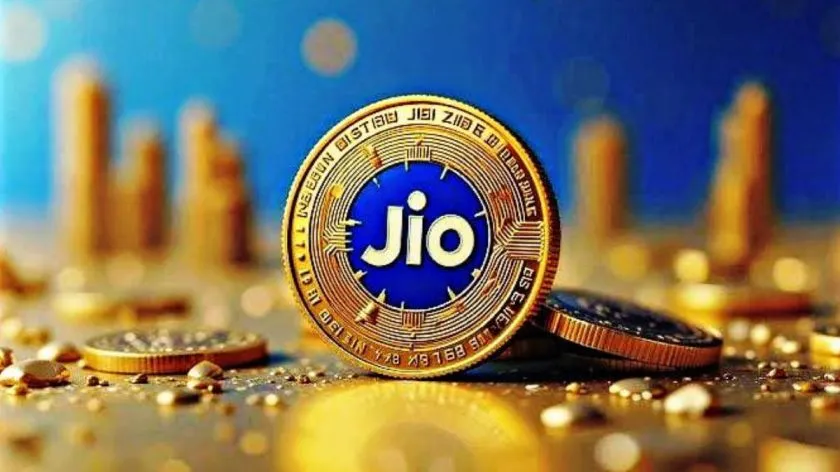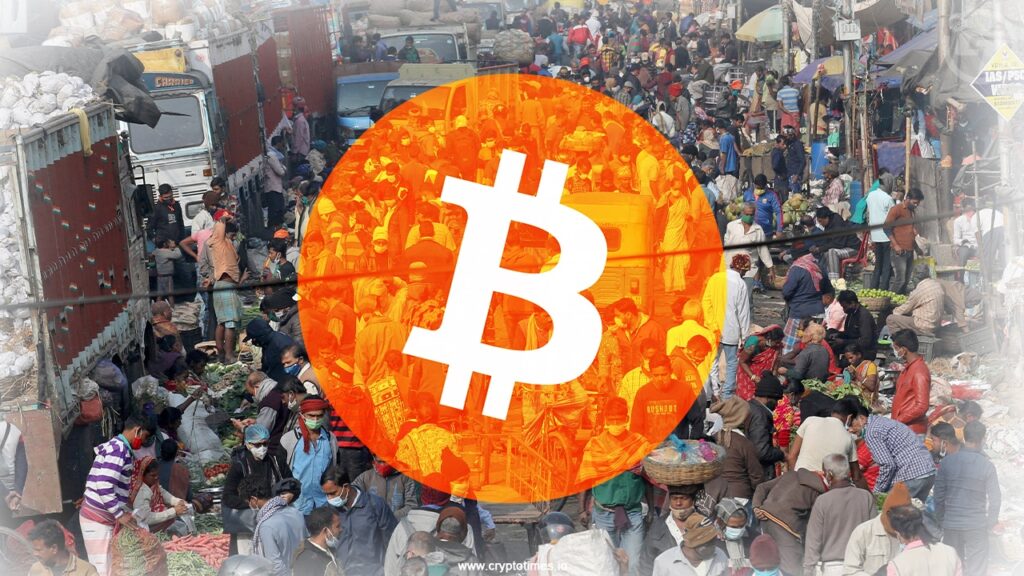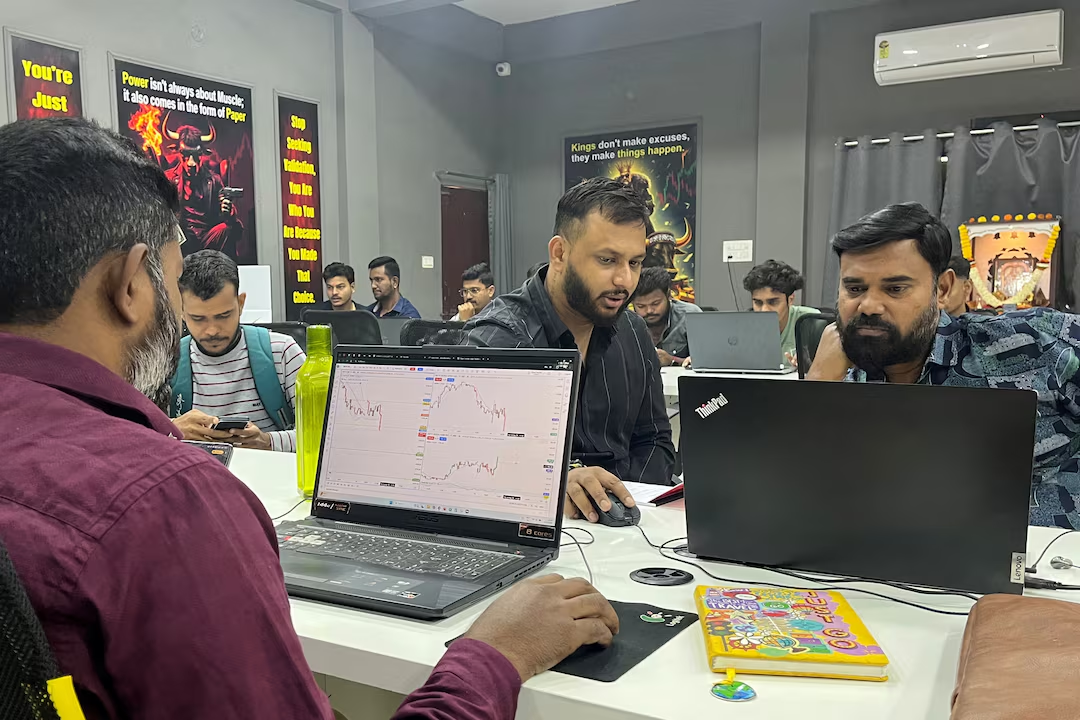Now Reading: Jio Coin and Digital Rupee: What’s Next for Payments in Smaller Indian Cities?
-
01
Jio Coin and Digital Rupee: What’s Next for Payments in Smaller Indian Cities?
Jio Coin and Digital Rupee: What’s Next for Payments in Smaller Indian Cities?

India’s payment landscape is on the verge of another transformation. With Reliance rumored to explore its own Jio Coin and the Reserve Bank of India testing the digital rupee, digital transactions could soon look very different. For smaller cities where UPI has already changed how people pay, the arrival of new digital currencies could reshape local markets, offering both opportunities and challenges.
The idea of Jio Coin signals private sector interest in building digital assets tailored for everyday use. Reliance already has a massive reach in Tier-2 towns through telecom and retail. If it introduces a cryptocurrency-like token, it could integrate payments directly into local shops, recharge outlets, and small businesses. This kind of ecosystem would make digital money more accessible beyond metros.
On the other hand, the RBI’s digital rupee is a central bank-backed currency designed to provide security and stability. Unlike private coins, it carries government backing, making it more trustworthy for daily transactions. In smaller towns where trust plays a big role in financial decisions, the digital rupee could gain quick acceptance if integrated smoothly into existing UPI systems.
The real impact will be felt in how these tools reach ordinary people. For shopkeepers, a digital rupee or Jio Coin transaction may reduce cash handling and make payments faster. For customers, it could mean easier transfers without depending on physical notes. But adoption will depend on internet access, user-friendly apps, and local awareness, which are still developing in many Tier-2 areas.
Challenges also remain. People in smaller cities often prefer tangible money and are cautious about new technology. Without proper education, they might confuse digital currencies with risky crypto investments. Another concern is infrastructure—digital payments rely on stable internet, which is still uneven in parts of India.
If managed well, both Jio Coin and the digital rupee could expand financial inclusion. They have the potential to bring more people into formal systems, making small-town markets part of India’s digital economy. At the same time, awareness campaigns and clear rules will be essential to ensure safe use.
The next phase of digital payments in India will not be decided in metros alone. It will depend on how quickly smaller towns adopt and adapt to these new tools. Whether it is a private initiative like Jio Coin or the government’s digital rupee, the future of payments will be shaped as much in Tier-2 cities as in the big financial hubs.

























